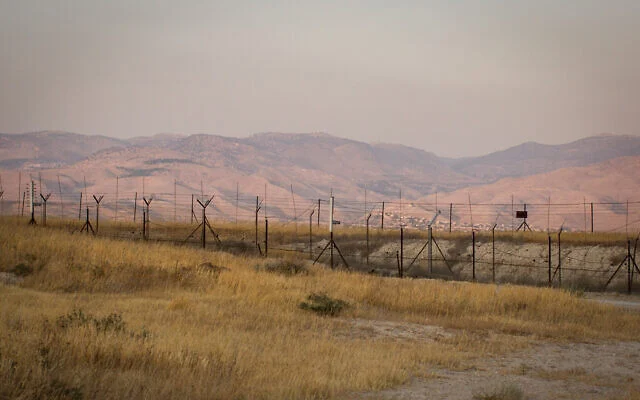Construction of the long-awaited Israel’s 1.4 billion dollar border fence with Jordan is set to begin in June. The project, expected to take three years, is aimed at improving security along the border.
Project factsheet
- Construction start June 2025
- Completion time Three years
- Total cost NIS 5.2 billion ($1.4 billion)
- Fence length From Hamat Gader to Ramon International Airport
The Israel’s 1.4 billion dollar border fence will stretch from Hamat Gader at the southern end of the Golan Heights to Ramon International Airport near Eilat. A 30-kilometer (18-mile) stretch of the border between Eilat and Ramon Airport was already upgraded using similar designs to barriers built along Israel’s borders with Egypt and Gaza.
The project will cost 1.4 billion dollars and improve security
The estimated cost of the project is NIS 5.2 billion ($1.4 billion). Israel Katz, the new defense minister, ordered the project as part of the government’s ongoing attempts to secure the border.
Prime Minister Benjamin Netanyahu and others have discussed building a stronger border fence for years. However, high costs and the long border length have prevented progress.
The border has been a hotspot for smuggling and security threats
Some sections of the border have chain-link fences with sensors. Meanwhile, others rely on barbed wire for security. As a result, smugglers have used the area as a major route for guns and drugs.
Consequently, officials estimate that tens of thousands of weapons have entered Israel over the past decade. Many of these weapons have been used in criminal violence within Arab communities in Israel and by Palestinian militants.
READ ALSO: Construction of the Multimillion 220-Kilometer Ethiopia-South Sudan Cross-border Road Takes Shape
Plans set for new developments along the Israel’s 1.4 billion dollar border fence with Jordan
In addition to security upgrades, Israel has plans to build new towns near the border. The government aims to develop the region while maintaining security considerations.
The existing fence leaves around 170 square kilometers of land between it and the actual border. The new project aims to fix this by building the fence closer to the official boundary.
